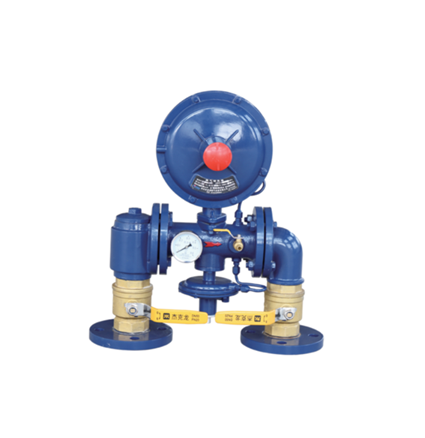
Aug . 31, 2024 08:41
Back to list
محطة تخفيض الضغط
Understanding Pressure Reduction Stations An Overview
Pressure Reduction Stations (PRS) play a crucial role in the distribution of natural gas and other pressurized fluids. These facilities are essential in ensuring that the gas delivered to consumers is at desired pressures, thus maintaining safety and efficiency in the distribution process. In this article, we will explore the significance, operation, and components of pressure reduction stations.
The Importance of Pressure Reduction Stations
Natural gas is transmitted from production sites through high-pressure pipelines. However, once it reaches urban areas or end-users, the pressure needs to be reduced. This is where pressure reduction stations come into play. They lower the pressure of the gas without causing a significant drop in its volume, making it safe and suitable for use in homes and industries.
The primary purpose of a PRS is to convert high-pressure gas into a lower pressure suitable for consumption. This is vital not only for the safety of consumers but also for the optimal functioning of gas-powered appliances. Without these stations, appliances could malfunction or even become hazardous.
How Pressure Reduction Stations Operate
Pressure reduction stations function by employing specialized equipment, primarily gas regulators. These regulators control the flow and pressure of gas entering the distribution system. The process typically involves several steps
.
2. Pressure Regulation Gas passes through a series of control valves and regulators. These devices are meticulously calibrated to reduce pressure to a prescribed level, generally between 4-70 psi for residential use and slightly higher for industrial applications.
محطة تخفيض الضغط

3. Flow Measurement and Control In addition to pressure regulation, flow measurement is crucial. Flow meters are installed to monitor the quantity of gas being distributed, ensuring that the system operates efficiently and safely.
4. Safety Mechanisms Safety is paramount in the operation of PRSs. They are equipped with excess flow valves and emergency shut-off valves that automatically activate in case of a significant pressure drop or unexpected events, preventing potential accidents.
5. Final Distribution Once the gas is appropriately reduced and measured, it is directed to the distribution network where it travels to homes and businesses.
Components of a Pressure Reduction Station
A typical PRS consists of several key components
- Pressure Regulators Devices used to reduce the pressure of incoming gas. - Flow Meters Instruments that measure the volume of gas flowing through the system. - Control Valves Used to manage the flow and ensure proper distribution. - Safety Equipment Including relief valves and shut-off systems to mitigate emergencies.
Conclusion
Pressure reduction stations are indispensable in the safe and effective delivery of natural gas. By regulating pressure and ensuring quality control, these stations enhance the safety of our natural gas supply. As the demand for energy continues to grow, the importance of PRSs will only increase, playing a vital role in the infrastructure of gas distribution systems. Understanding their function helps us appreciate the complex engineering that goes into ensuring our energy supply remains consistent and safe.
Latest news
-
Safety Valve Spring-Loaded Design Overpressure ProtectionNewsJul.25,2025
-
Precision Voltage Regulator AC5 Accuracy Grade PerformanceNewsJul.25,2025
-
Natural Gas Pressure Regulating Skid Industrial Pipeline ApplicationsNewsJul.25,2025
-
Natural Gas Filter Stainless Steel Mesh Element DesignNewsJul.25,2025
-
Gas Pressure Regulator Valve Direct-Acting Spring-Loaded DesignNewsJul.25,2025
-
Decompression Equipment Multi-Stage Heat Exchange System DesignNewsJul.25,2025

